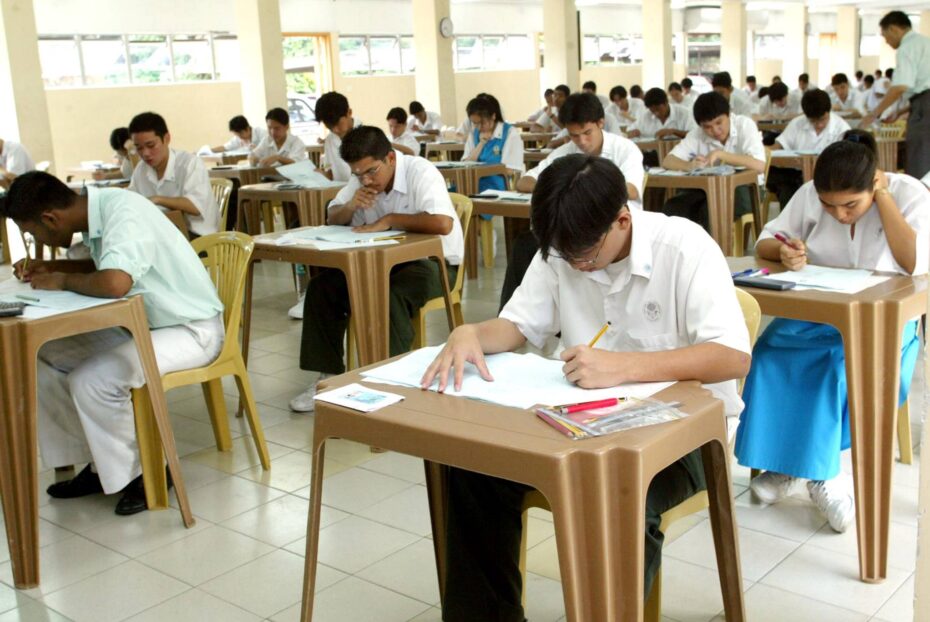ON Monday, 468,808 form five students across the country sat for the Sijil Pelajaran Malaysia (SPM) examination, and there was only one question on many of the candidates’ minds as they sat for the Malay Language paper – what is ‘cepumas’?
In one question, students were asked to form a sentence using the word ‘cepumas’ (which means Jackpot), after which many who have never heard the word used took to Twitter and Facebook to vent their frustrations. The use of the word ‘cepumas’ in the examination paper may result in protests, because although it is widely used as slang and in some Malay-language TV shows, it has never really been considered an official word.
Unfamiliar/unofficial words aside, lets talk a little about the SPM exam and how far its come in recent years.
Of the 368,559 that passed last year’s SPM examination, (91.2% of the total number of candidates) 9,239 candidates scored straight As in all subjects (combination of A+, A and A-), while 363 candidates scored straight A+s. It will be interesting to see if the 2011 candidates can give their seniors a run for their money.
While the core subjects for all students are Malay language, English language, History and Mathematics, Moral for non-Muslims and Islamic studies for Muslim students, there is quite a number of elective options for candidates.
The list includes art, music, sports science, information technology, religion as well as a variety of languages, while for technical and vocational school students there is a long list of subjects related to engineering, mechanics, electronics and so on.
The SPM exam has gone through several revamps over the years. In 2009, there was the revising of the grading system, and then in 2003, the change in the medium of instruction for science and mathematics from Malay to English, giving students the option over whether to respond in English or Malay during the exam. (However, the Ministry of Education has since announced a reversal of this policy, set to take effect in 2013)
More recently, the ministry decided it would be in the students’ best interests to cap the amount of subjects one candidate can sit for.
Previously, students could take on as many subjects as they pleased, and many scored straight-As. (In 2007, student Azali Azlan obtained 20 A1s and one A2 in the exam).
Since 2010, a 10-subject limit has been imposed on every candidate, and students are allowed to take two additional subjects (comprising Arabic, Chinese, Tamil, Iban, Kadazandusun languages and Bible Knowledge) but the results of these extras will not be taken into consideration for government scholarships.
Whether you’re taking on any extra subjects or not, we at R.AGE wish you all the best of luck! – Nasa Maria Entaban.


Leave a reply